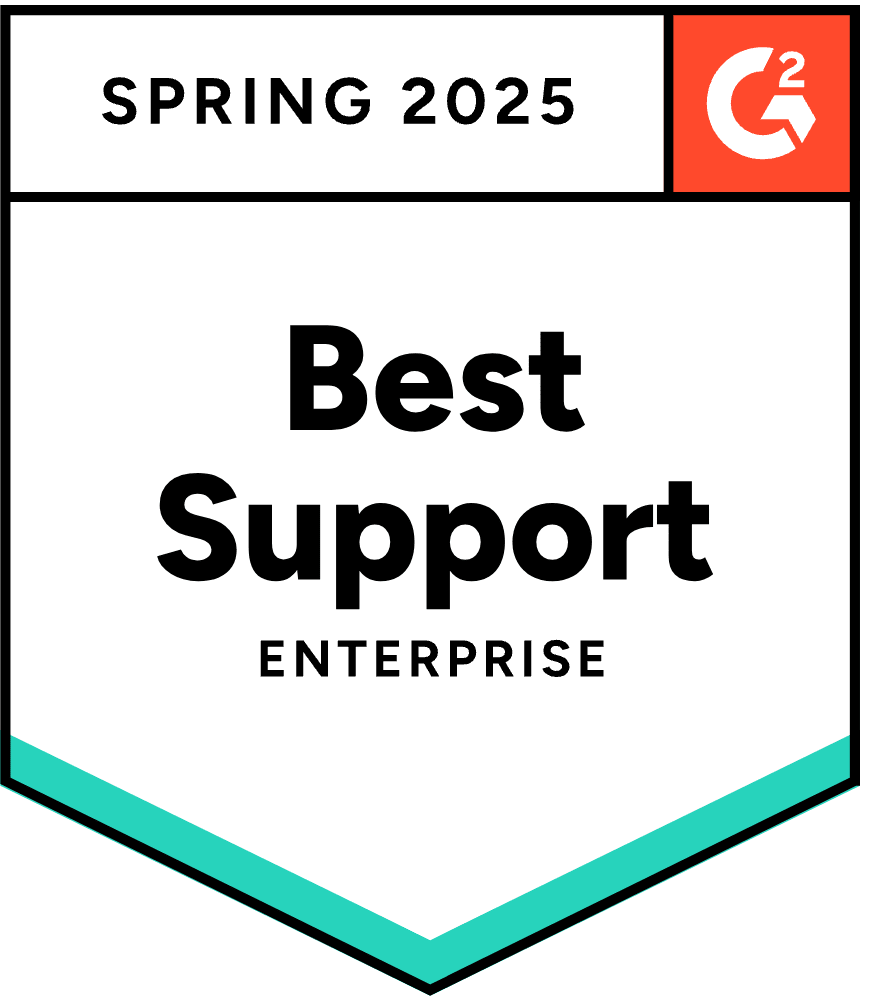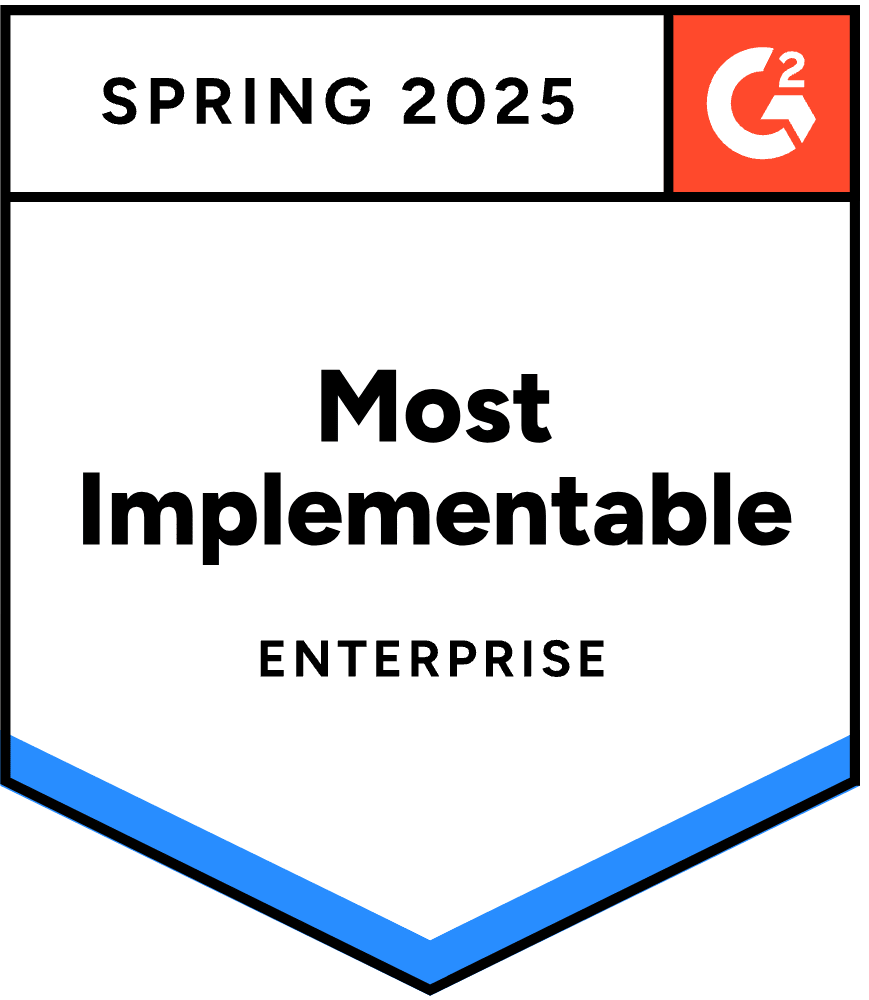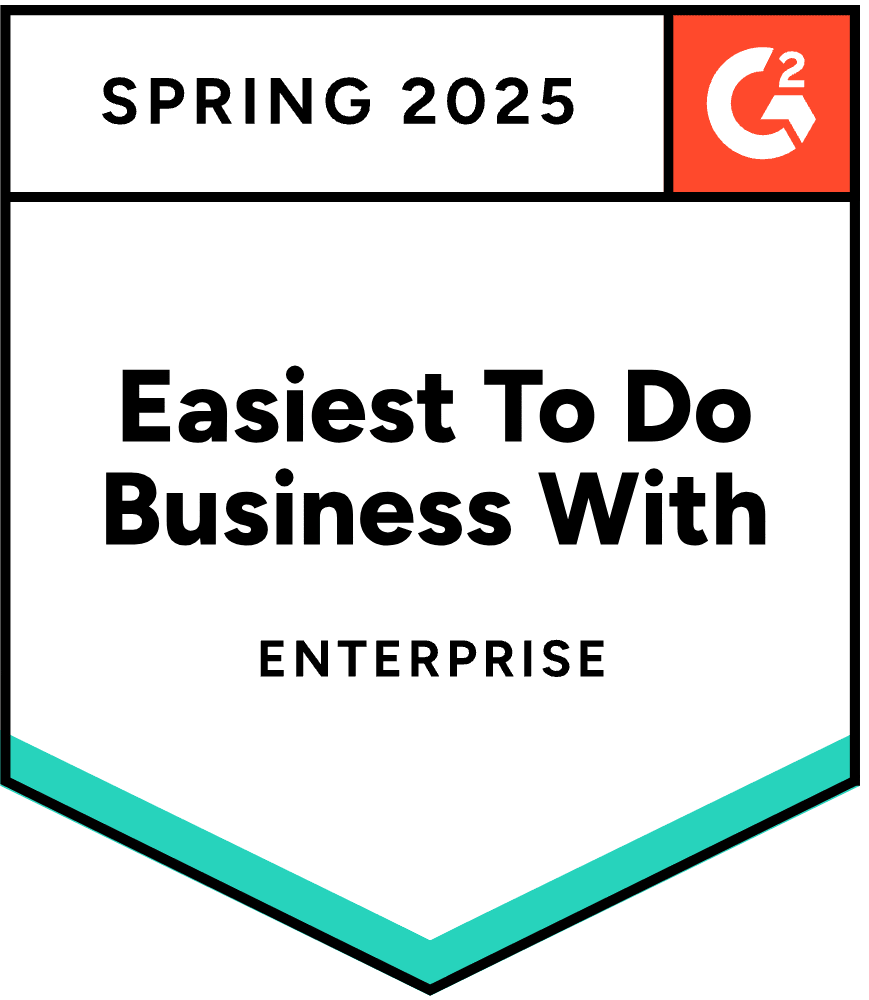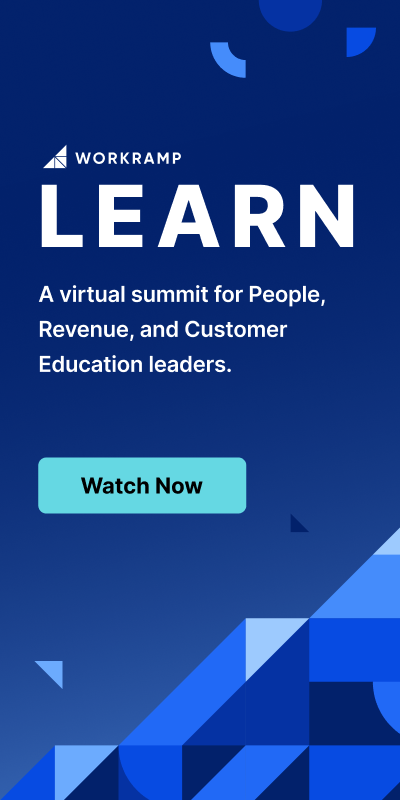6 Effective Ways to Support Employee Career Growth
Jen Dewar | WorkRamp Contributor
View bioLearning Tips Straight to Your Inbox
Top performers got to where they are by learning and growing in their careers. Each new skill, experience, success, and failure comes together to help them innovate, overcome new challenges, and make a more significant impact at your company.
You can maximize your team members’ potential by supporting and encouraging their professional development. Read on to learn why employee career growth matters and how to empower your employees and build a stronger team.
In this post:
What is employee career growth?
Employee career growth is an individual’s progression toward their ultimate professional goals. Career growth outlines their long-term trajectory to advance to their ideal position or title.
Why is employee career growth important?
Investing in employee development helps your team members grow in their careers and has many worthwhile benefits for your business.
Supporting employee career growth can:
- Increase employee engagement. Employees who strongly agree they have had conversations with their manager in the last six months about their career goals and successes are 2.8x more likely than other employees to be engaged.
- Improve employee retention. Employee turnover remains historically high amid the Great Resignation, and career progression is the number one reason for job hunting. But 94 percent of workers said they’d stay at a company longer if their employer invested in their careers. And 75 percent of employees who receive promotions will stay with the company for at least three years.
- Attract top performers. There’s enormous competition for talent right now, with two job openings for every unemployed worker. Since most job seekers are motivated by career progression, you can stand out to skilled talent and high-potential employees by offering career development and progression opportunities.
- Prepare your team members for the jobs of the future. Most of today’s jobs didn’t exist in 1940, and 85 percent of jobs that will exist 10 years from now haven’t been invented yet. Supporting employee career development can help you prepare your team members to fill emerging roles at your organization and overcome a current or future skill gap.
- Boost the employee experience. Investing in employee career growth will help your team members feel supported and valued, improving employee satisfaction and the overall employee experience.
- Improve Diversity, Equality, Inclusivity, and Belonging (DEI&B). Many organizations cite a homogenous talent pool holding them back from building a more diverse workforce. For example, only 29 percent of Chief Executives are women, and only five percent of software developers are Black. Supporting employee career growth can help you develop talent from underrepresented groups to build a diverse, skilled internal talent pool.
Read more: 33 Examples of Employee Strengths & Weaknesses + How to Improve Them
6 ways to support employee career growth
Some of your team members may take professional growth into their own hands by reading blog posts, watching webinars, hiring a career coach, or enrolling in educational opportunities.
Others may need more support to find the time, cover the costs, or feel emboldened in their career ambitions.
How do you provide career growth for employees?
Investing in your team members and showing them that their career growth is important to you is vital for their happiness, engagement, and success.
Here are six best practices to create career growth opportunities for employees.
1. Create a learning culture
You can better support employee career growth and development when every team member knows that L&D is encouraged, prioritized, and celebrated. That’s where a learning culture comes into play.
Incorporate learning and growth into your core values and ensure they shine through in your people strategies and business decisions. Talk about career growth throughout the employee lifecycle, beginning with recruitment and onboarding, and continuing during one-on-ones and performance reviews.
Encourage your team members to engage in learning activities during the work day and to share their learnings with their colleagues. Demonstrate your value for learning and growth by rewarding your developing team members with recognition, promotions, and role-based compensation.
A learning culture enables your employees to grow in their current roles and achieve upward mobility within your organization.
2. Build employee career paths
Career pathing helps employees visualize their future with your company and shows them what they need to do to reach their career goals.
During onboarding, learn about each team member’s career goals and develop an employee career path. Include the skills, education, experience, and other qualifications needed to advance to each level and create a professional development plan to help them get there.
This works best when done in conjunction with succession planning. Identify the most critical positions within your company—now and in the future—and your high-potential employees who could build the skills and experience to fill them. Doing so can help team members align goals with realistic career path options within your organization.
Read more: 5 Examples of Employee Development Plans
3. Deliver continuous performance management
Performance management is an ongoing process—not an annual event. Managers should discuss progress toward goals during regular one-on-ones and performance reviews with their team members. Then they should outline the next steps for professional development and career growth so each team member knows exactly what they need to do to continue their career path.
Revisit each employee’s career goals and career path regularly to ensure they still align and offer a realistic avenue for advancement. You may need to adjust employee development plans to address changing priorities, continuous feedback, and any challenges your team member is facing in their role.
Read more: Leaders: Don’t Make These 9 Mistakes When Giving Feedback
4. Offer a variety of career development opportunities
Everyone learns differently. One employee may prefer to complete a workshop to learn a new skill, while another may prefer to shadow a team member to learn it. One employee may be energized by a live speaker at an industry conference, while another may prefer a digital course where they can pause the presentation and take notes. And most learners benefit from various development opportunities that meet their needs in different situations.
Offer your team members various development opportunities to support their career growth in a way that makes sense.
Read more: How to Create a Coaching Culture to Support Employee Development
5. Provide recognition and rewards
Career advancement can take time. Encourage and motivate your team members to keep going by recognizing and rewarding them for the headway they’ve made.
For example, managers should recognize their team members’ progress toward goals during regular one-on-ones. Company leaders should make time during all-hands meetings to highlight team members for their learning and development achievements. And HR should ensure their compensation strategy and budget are set up to financially reward employees as they gain new knowledge and experience.
You can also recognize employees continuously in company meetings and communication channels.
“One of the things that we’ve started to do is build a kudos channel. So, every time we see a good pitch or reps build a good presentation template, we share it in the kudos channel and make sure the team understands what is this deal? Why are we highlighting this deal? That is very important to apply the learnings and experience to the rest of the team. So we really encouraged that incentive-wise, that support internally and then the cross-regional teamwork. It kind of brings a lot of value and efficiencies.”
–Shuo Wang, Co-Founder & CRO, Deel
Recognition and rewards demonstrate your organization’s value on career growth, so your team members feel supported in achieving their career progression plan.
6. Offer career advancement
Employee development should be rewarded with career advancement over time. This helps your team members understand that their commitment to learning will help them reach their career goals. For some, this could mean a promotion. For others, it could mean a lateral move with a desired change in responsibilities. So long as your team members are happy with their growth, you will see the benefits of helping them advance.
But don’t stop there—career advancement is an opportunity to begin a new phase of employee career growth. Continue to make forward progress by revisiting your employee’s professional goals, adjusting their career path, and updating their career development plan.
Read more: How to Create Career Paths for Your Employees
Supporting career growth for employees
Supporting employee career growth benefits your team members—and it benefits your company. Perhaps that’s why 69 percent of organizations have increased employee development in recent years. Your team members will always have an opportunity to grow and learn in their chosen career path and your support and encouragement can help them realize their full potential.
Learning and development can help you support employee career growth, reduce skills gaps, and future-proof your team. Download our eBook Learning is a Growth Engine: How to Fuel Your HR Programs Through Effective L&D to gain strategies to empower your team.
Discover how the Learning Cloud from WorkRamp can help you create engaging L&D programs to help your employees excel in their current roles and beyond. Contact us to schedule a free, personalized demo.
Complete the form for a custom demo.
Recent Posts
- Onboarding with an LMS: How to Set New Hires Up for Success July 16, 2025
- Why Secure LMS Platforms Are a Must for Regulated Industries July 10, 2025
- Top LMS Integrations That Power Smarter, Faster Learning July 2, 2025
- Introducing WorkRamp Analytics Studio: Unlocking Your Data Insights with AI June 30, 2025
- 11 AI LMS for AI-Powered Learning June 27, 2025
Jen Dewar
WorkRamp ContributorJen Dewar is a marketing consultant in HR technology, focusing on developing educational content for HR professionals and recruiters. She is passionate about diversity and inclusion, lifelong learning and development, and treating people like people throughout candidate and employee experiences. Outside of work, you can find Jen snowboarding in Tahoe, enjoying a glass of wine in Sonoma, or hanging out at home with her family.
You might also like
Simple steps to promote continuous learning and improvement
Check out these three actionable ways to expand and improve your L&D program.
Read More
Leveraging L&D to set your team up for success
Use these L&D strategies to future-proof your organization and retain skilled team members.
Read More
Effective tactics to attract talented team members
Use these strategies to win top candidates in a competitive job market
Read More
Decrease Ramp Time and Increase Revenue
Get in touch to learn how WorkRamp can help you achieve your learning and development goals.
Request a Demo





